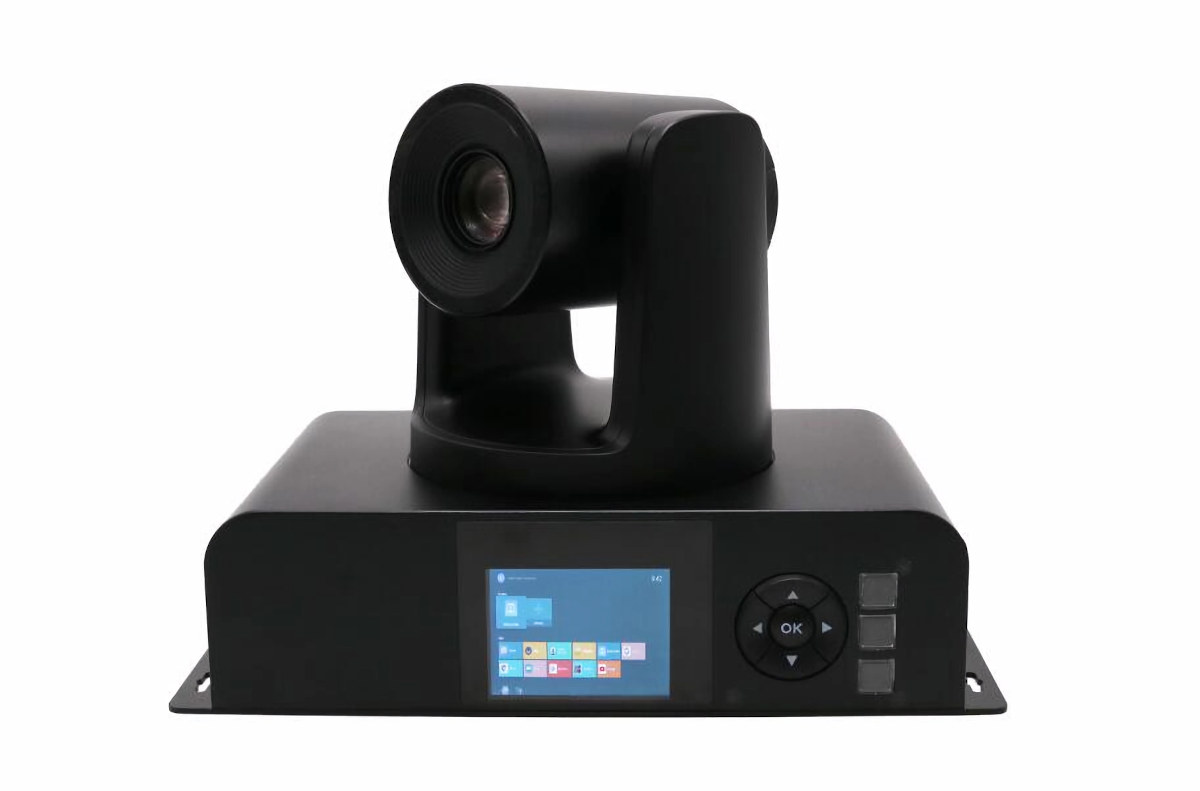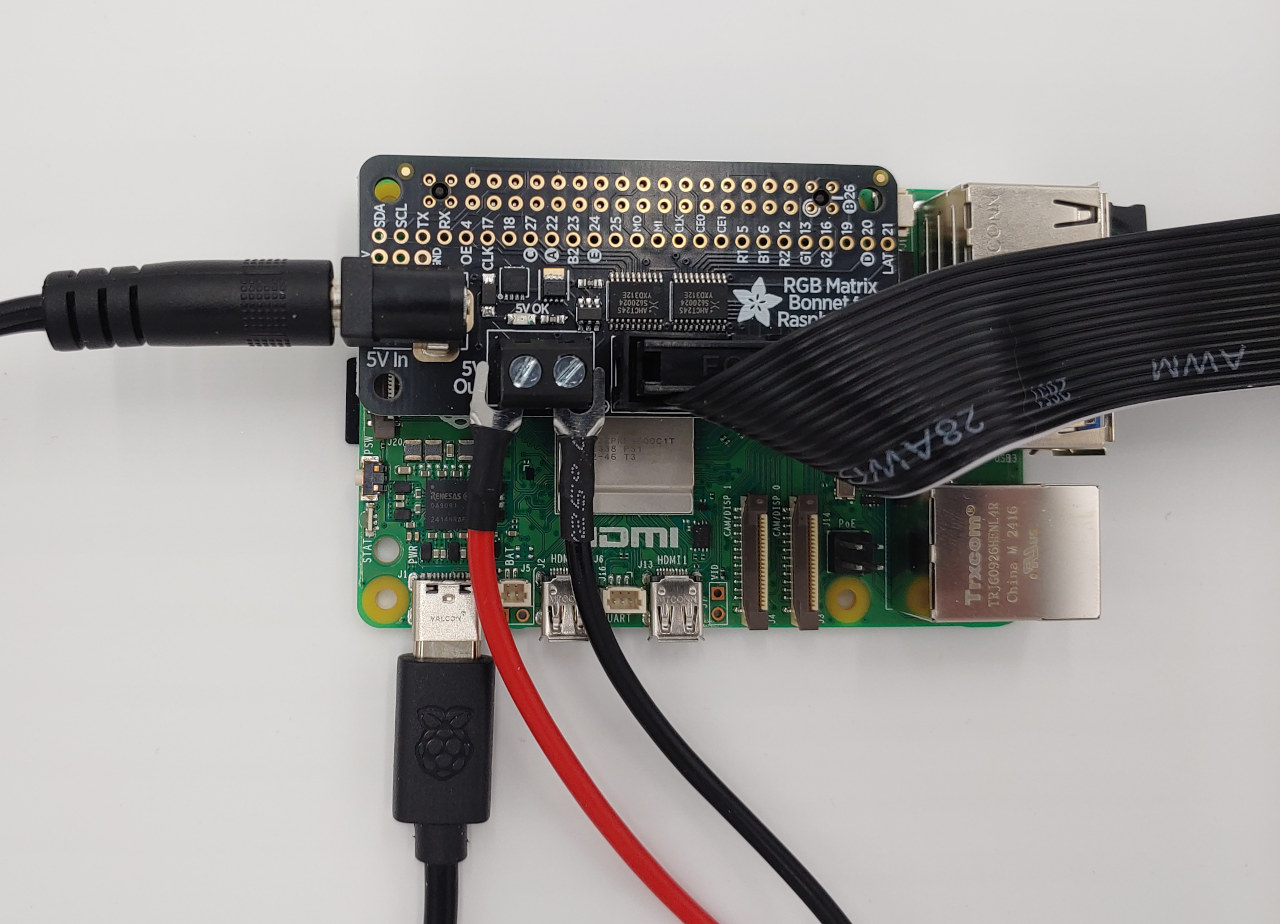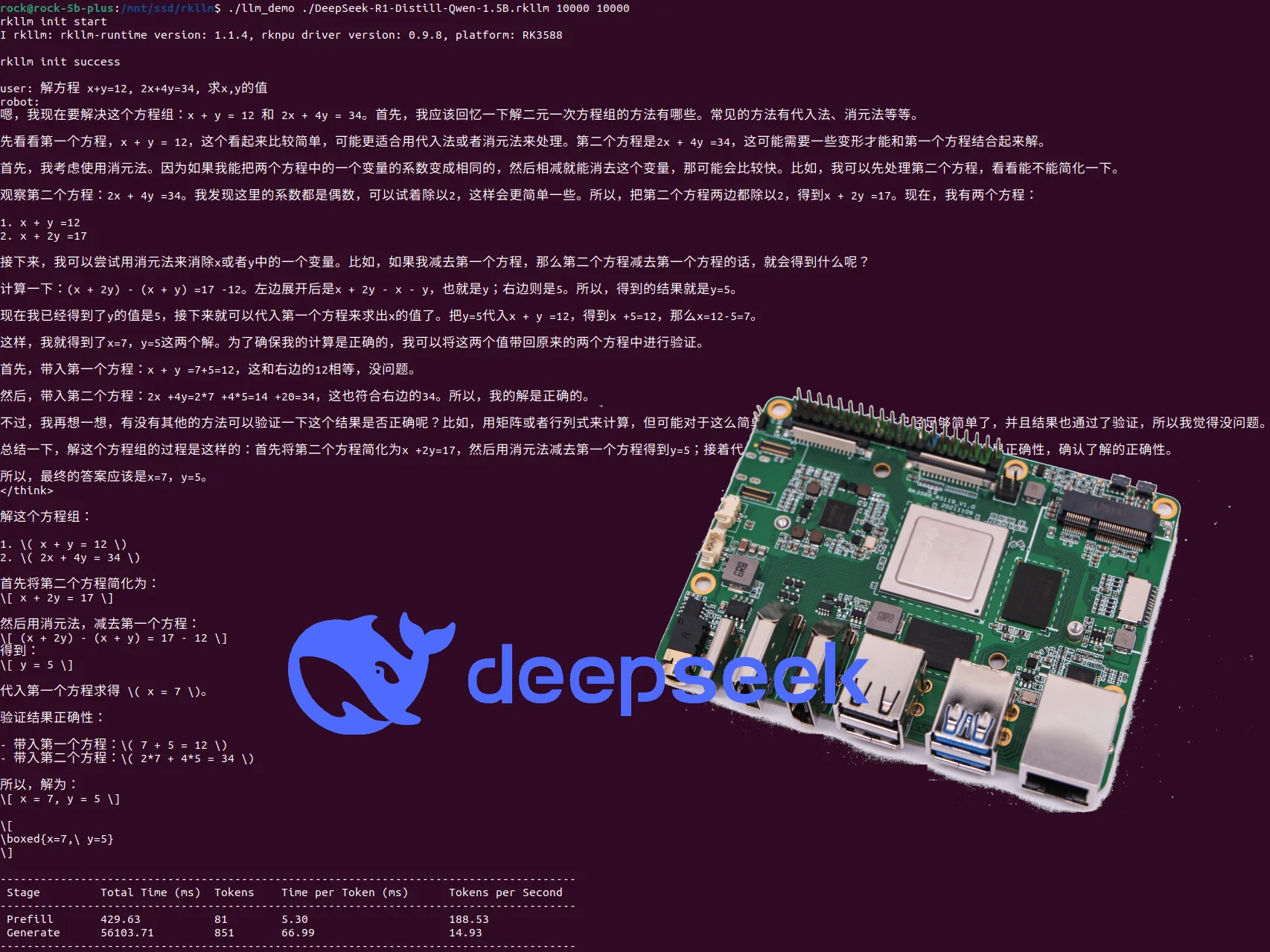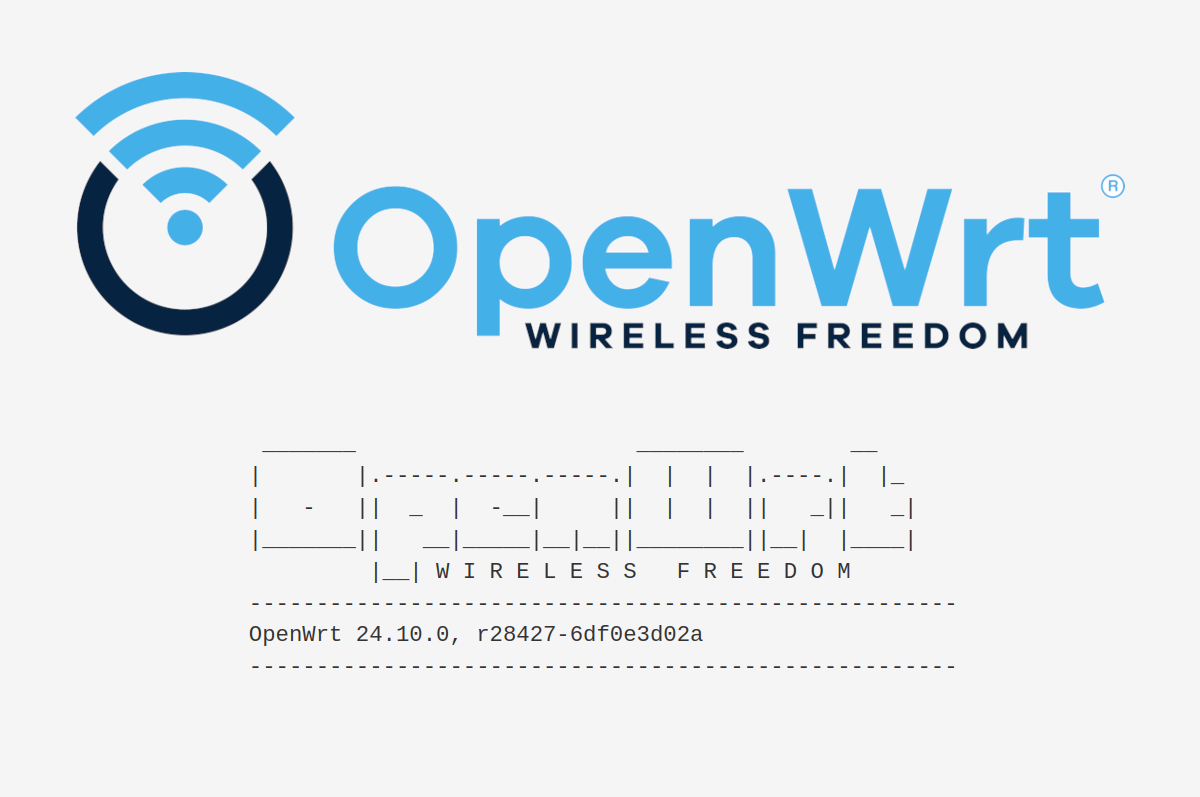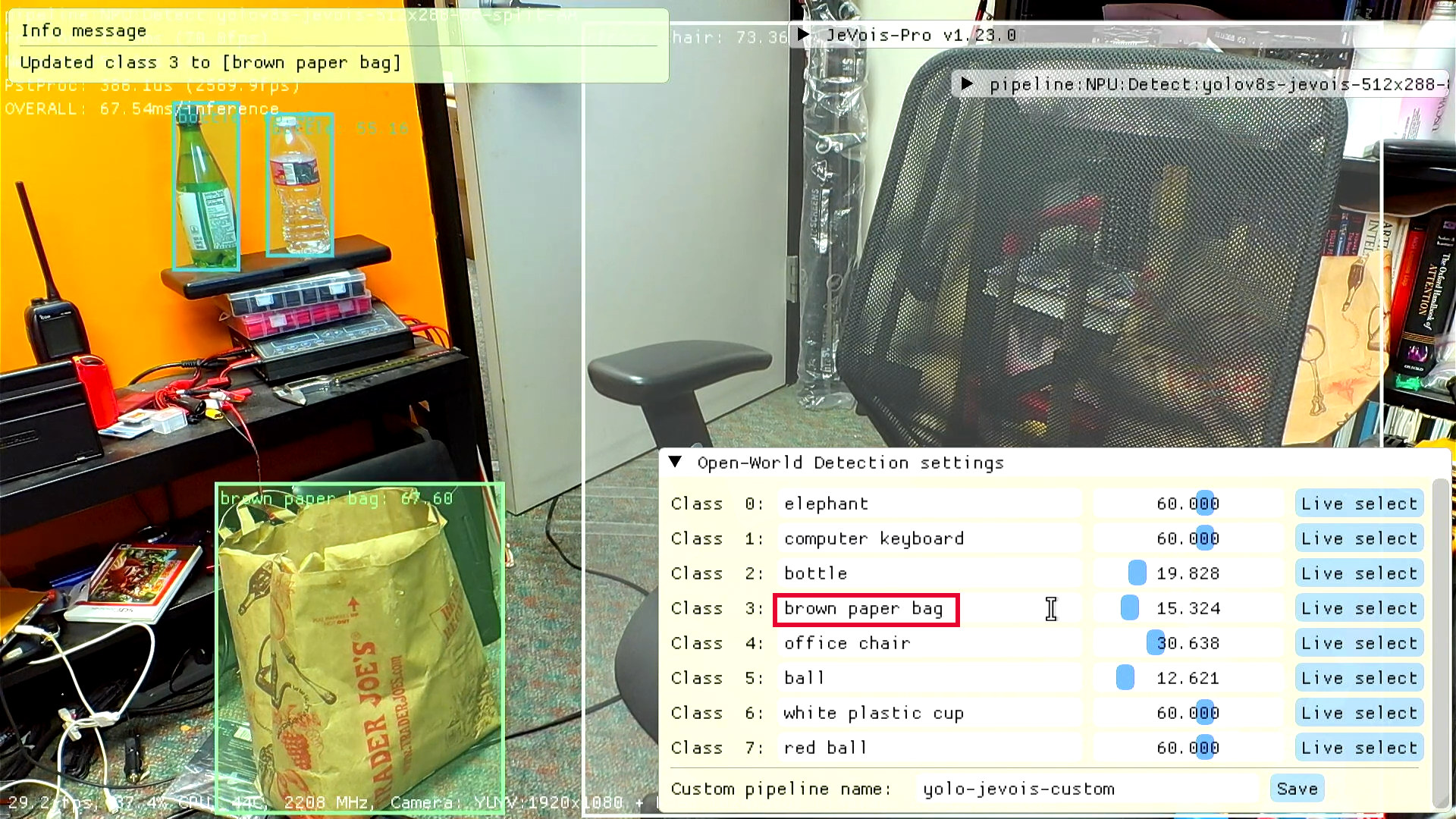DAB Embedded AquaEdge is a compact computer based on NXP i.MX 8M Plus, i.MX 93, or i.MX 95 SoC working as an edge video processing platform and supporting 23 types of vision cameras with resolution from VGA up to 12MP, and global/rolling shutter. The small edge computer features a gigabit Ethernet RJ45 jack with PoE to power the device. It is also equipped with a single GSML2 connector to connect a camera whose input can be processed by the built-in AI accelerator found in the selected NXP i.MX processors. Other external ports include a microSD card slot, a USB 3.0 Type-A port, and a mini HDMI port (for the NXP i.MX 8M Plus model only). DAB Embedded AquaEdge specifications: SoC / Memory / Storage options NXP i.MX 8M Plus CPU – Quad-core Cortex-A53 processor @ 1.8GH, Arm Cortex-M7 real-time core AI accelerator – 2.3 TOPS NPU VPU Encoder up to […]
Mekotronics R58-PTZ video surveillance/live streaming embedded computer features a PTZ camera, two HDMI input ports
I swear it’s not an AI-generated picture of a device, but the Mekotronics R58-PTZ is real and just another unusual Rockchip RK3588 hardware platform from the company that’s an embedded computer with a 3-inch display on the front panel and a PTZ (Pan-Tilt-Zoom) camera placed on top. Mekotronics describes it as a live-streaming box designed for video surveillance, so I assume its main use case is to leverage to built-in 6 TOPS NPU for live streaming with some real-time effect and/or surveillance applications detecting persons, masks, etc… especially it also offers two HDMI inputs for extra cameras. Mekotronics R58-PTZ specifications: SoC – Rockchip RK3588 octa-core processor with CPU – 4x CortexA76 cores @ up to 2.4 GHz, 4x CortexA55 core @ 1.8 GHz GPU – Arm Mali-G610 MP4 GPU with support for OpenGL ES 1.1/2.0/3.2, OpenCL 2.2, Vulkan 1.2 Video decoder – 8Kp60 H.265, VP9, AVS2, 8Kp30 H.264 AVC/MVC, 4Kp60 […]
Adafruit’s PioMatter library adds HUB75 RGB LED Matrix support to the Raspberry Pi 5
The Raspberry Pi 5 brought a more powerful CPU and GPU and faster I/Os compared to the Raspberry Pi 4, as well as some incompatibilities. While the transition from a Raspberry Pi 4 to a Raspberry Pi 5 is usually painless for most applications, Adafruit notes that the ability to drive HUB75 RGB LED matrices was lost on the Raspberry Pi 5 which now relies on the Raspberry Pi RP1 peripheral control to drive GPIOs instead of the Broadcom processor directly controlling them. The company has now addressed that by using the PIO (Programmable I/O) block in the RP1 chip, yes that’s the same PIOs as found in the RP2040 or RP2350 microcontroller, to drive HUB75 RGB LED matrices from the Raspberry Pi 5, and their work can be found on the Adafruit-Blinka-Raspberry-Pi5-Piomatter repository on GitHub. The instructions to install the Adafruit Blinka Raspberry Pi 5 PioMatter library (or just […]
Radxa ROCK 5T SBC packs ROCK 5 ITX mini-ITX motherboard’s features onto a 110x80mm PCB
Radxa ROCK 5T is yet another Rockchip RK3588 SBC whose main selling point is to pack most features of the ROCK 5 ITX mini-ITX motherboard (170x170mm) into a much smaller 110x80mm board. The board features up to 32GB RAM, M.2 2280 sockets for NVMe SSDs, four independent display outputs via HDMI, USB-C, and MIPI DSI, HDMI input and camera interfaces, two 2.5GbE RJ45 jacks, on-board WiFi 6/6E and Bluetooth 5.x, and an M.2 Key-B socket for cellular connectivity. Radxa ROCK 5T specifications: (with differences highlighted in bold or strikethrough) SoC – Rockchip RK3588 or RK3588J (industrial grade) CPU – Octa-core processor with four Cortex-A76 cores @ up to 2.2 GHz (industrial) / 2.4 GHz (commercial), four Cortex-A55 cores @ up to 1.8 GHz GPU – Arm Mali G610MC4 GPU VPU 8Kp60 10-bit H.265 / VP9 / AVS2 / AV1 decoder, 8Kp30 H.264 decoder 8Kp30 H.265 / H.264 encoder AI accelerator […]
DeepSeek shown to run on Rockchip RK3588 with AI acceleration at about 15 tokens/s
DeepSeek R1 model was released a few weeks ago and Brian Roemmele claimed to run it locally on a Raspberry Pi at 200 tokens per second promising to release a Raspberry Pi image “as soon as all tests are complete”. He further explains the Raspberry Pi 5 had a few HATs including a Hailo AI accelerator, but that’s about all the information we have so far, and I assume he used the distilled model with 1.5 billion parameters. Jeff Geerling did his own tests with DeepSeek-R1 (Qwen 14B), but that was only on the CPU at 1.4 token/s, and he later installed an AMD W7700 graphics card on it for better performance. Other people made TinyZero models based on DeepSeekR1 optimized for Raspberry Pi, but that’s specific to countdown and multiplication tasks and still runs on the CPU only. So I was happy to finally see Radxa release instructions to […]
OpenWrt 24.10 released with Linux 6.6, TLS 1.3 by default, and 1970 supported devices
OpenWrt 24.10 open-source lightweight Linux operating system for routers has just been released. It’s been upgraded to Linux 6.6 from Linux 5.15 in OpenWrt 2023.05, supports TLS 1.3 by default, improves support for WiFi 6 (802.11ax), and adds initial support for WiFi 7 (802.11be). After over one year of work since the release of OpenWrt 23.05, OpenWrt 24.10 adds over 5400 commits, and the total number of supported devices is now close to 2,000 at 1,970. It’s also the first stable release supporting OpenWrt One, the router directly designed by OpenWrt developers in collaboration with Banana Pi. OpenWrt 24.10 highlights: TLS 1.3 support in default images with MbedTLS 3.6 Activate POSIX Access Control Lists and file system security attributes for all file systems on devices with big flash sizes. Needed by docker. Note this is not enabled for all targets with the small_flash feature flag, including ath79/tiny, bcm47xx/legacy, lantiq/ase, lantiq/xrx200_legacy, […]
FOSSASIA 2025 – Operating systems, open hardware, and firmware sessions
The FOSSASIA Summit is the closest we have to FOSDEM in Asia. It’s a free and open-source event taking place each year in Asia, and FOSSASIA 2025 will take place in Bangkok, Thailand on March 13-15 this year. It won’t have quite as many speakers and sessions as in FOSDEM 2025 (968 speakers, 930 events), but the 3-day event will still have over 170 speakers and more than 200 sessions. Most of the sessions are for high-level software with topics like AI and data science, databases, cloud, and web3, but I also noticed a few sessions related to “Hardware and firmware” and “Operating System” which are closer to what we cover here at CNX Software. So I’ll make a virtual schedule based on those two tracks to check out any potentially interesting talks. None of those sessions take place on March 13, so we’ll only have a schedule for March […]
YOLO-Jevois leverages YOLO-World to enable open-vocabulary object detection at runtime, no dataset or training needed
YOLO is one of the most popular edge AI computer vision models that detects multiple objects and works out of the box for the objects for which it has been trained on. But adding another object would typically involve a lot of work as you’d need to collect a dataset, manually annotate the objects you want to detect, train the network, and then possibly quantize it for edge deployment on an AI accelerator. This is basically true for all computer vision models, and we’ve already seen Edge Impulse facilitate the annotation process using GPT-4o and NVIDIA TAO to train TinyML models for microcontrollers. However, researchers at jevois.org have managed to do something even more impressive with YOLO-Jevois “open-vocabulary object detection”, based on Tencent AI Lab’s YOLO-World, to add new objects in YOLO at runtime by simply typing words or selecting part of the image. It also updates class definitions on […]



